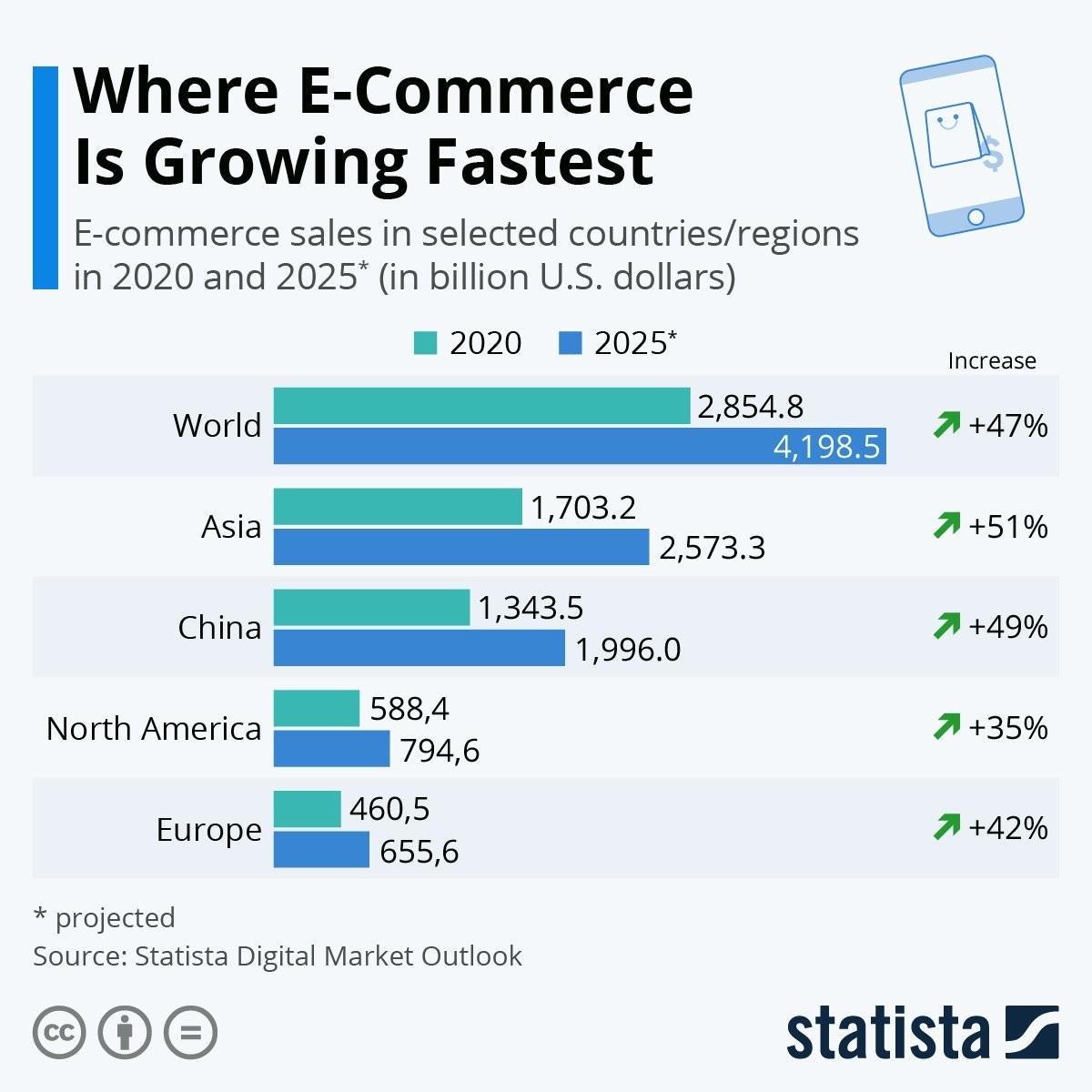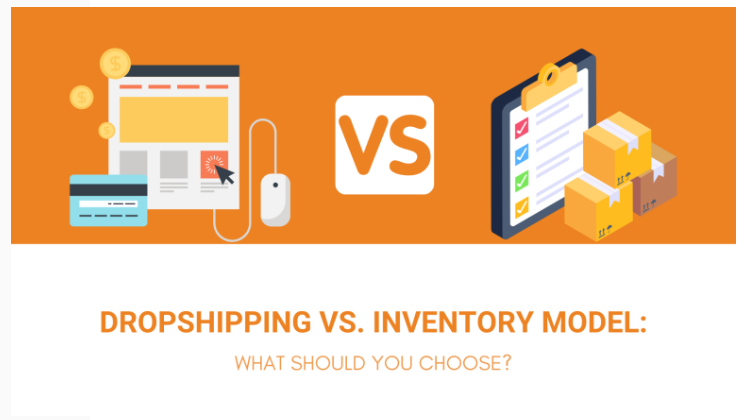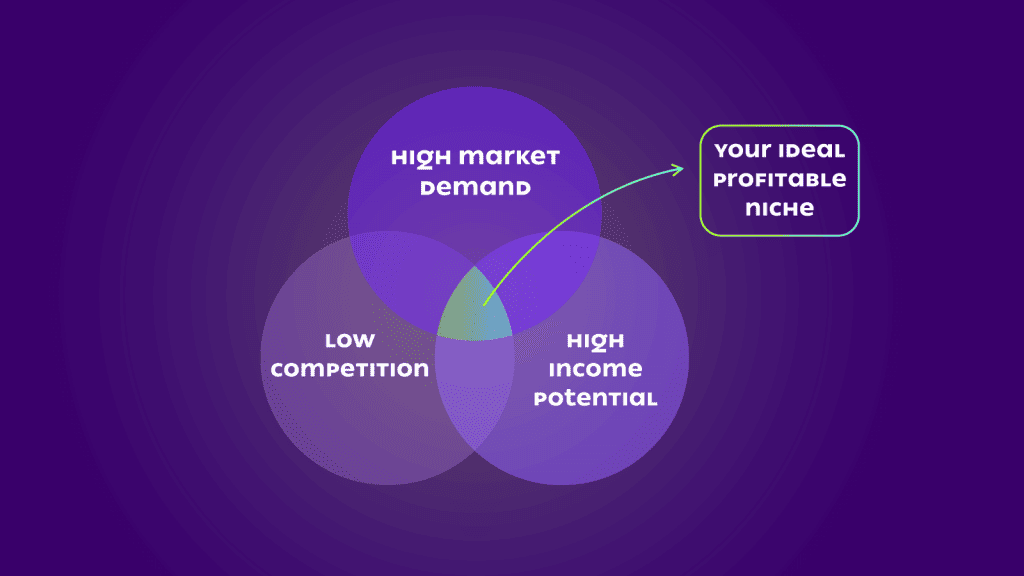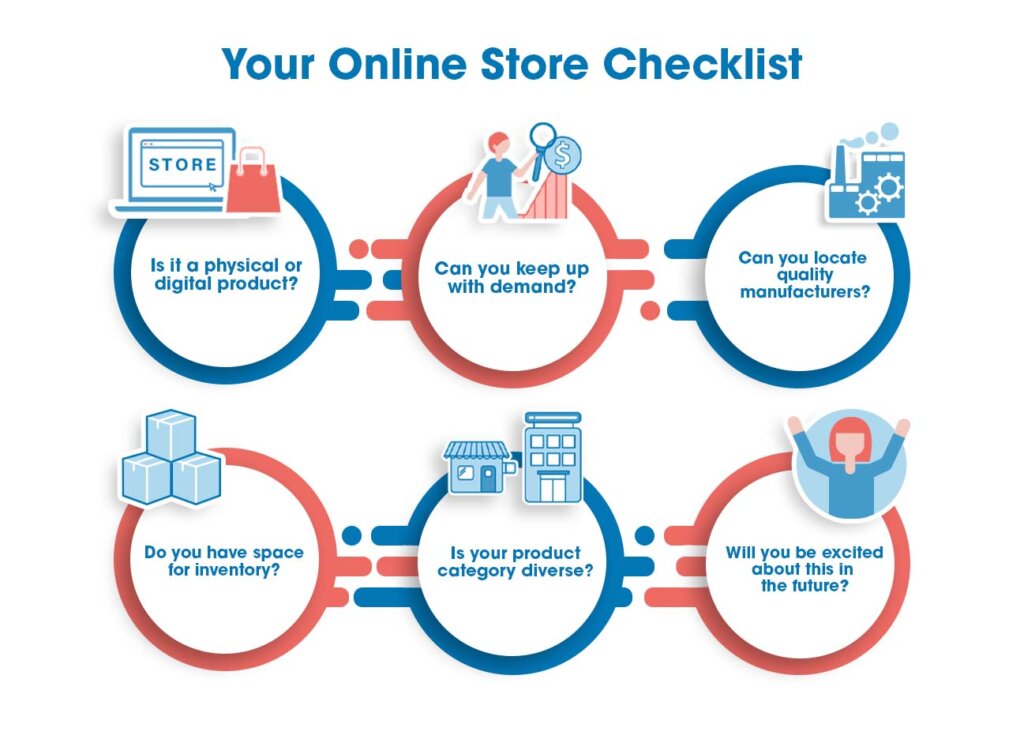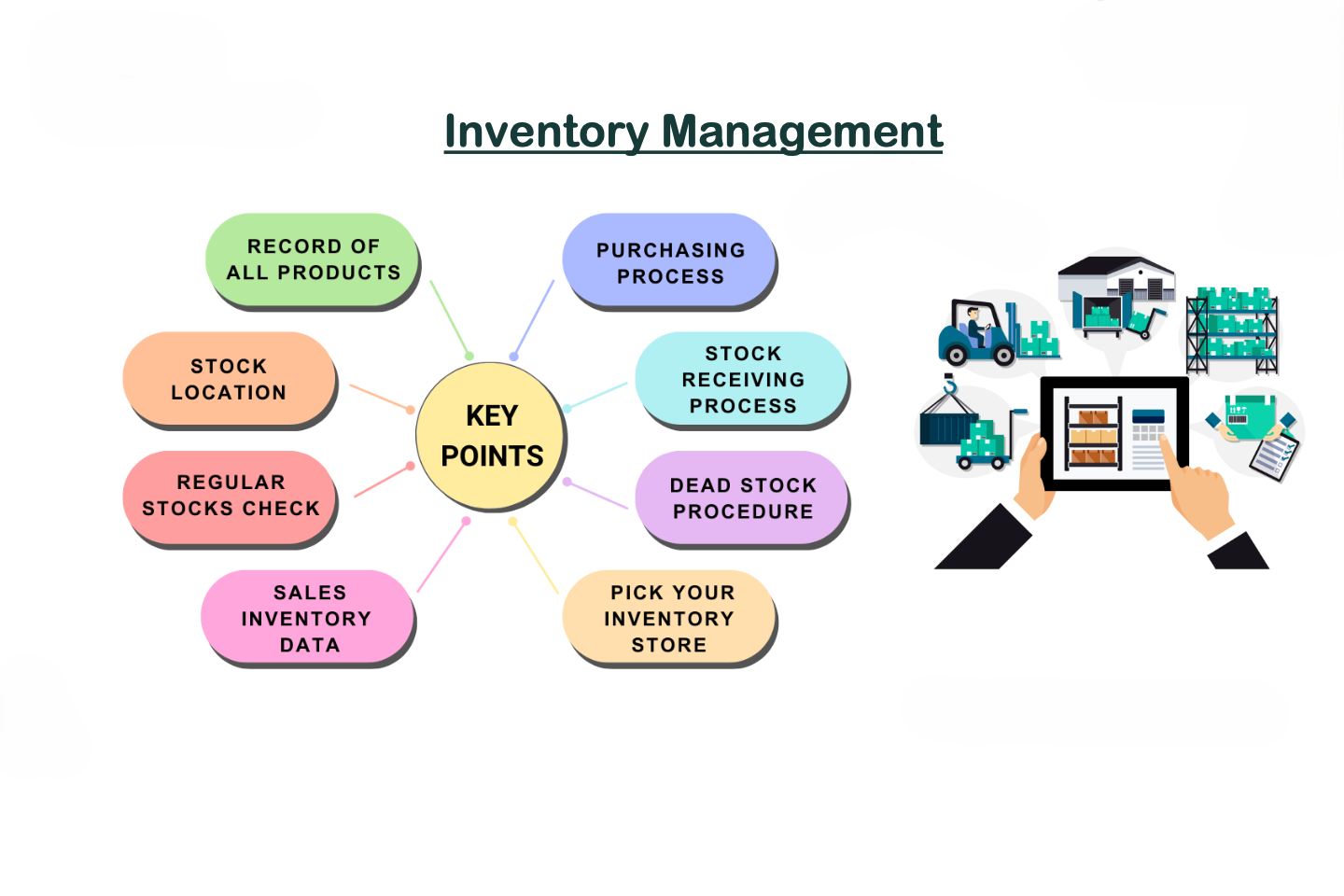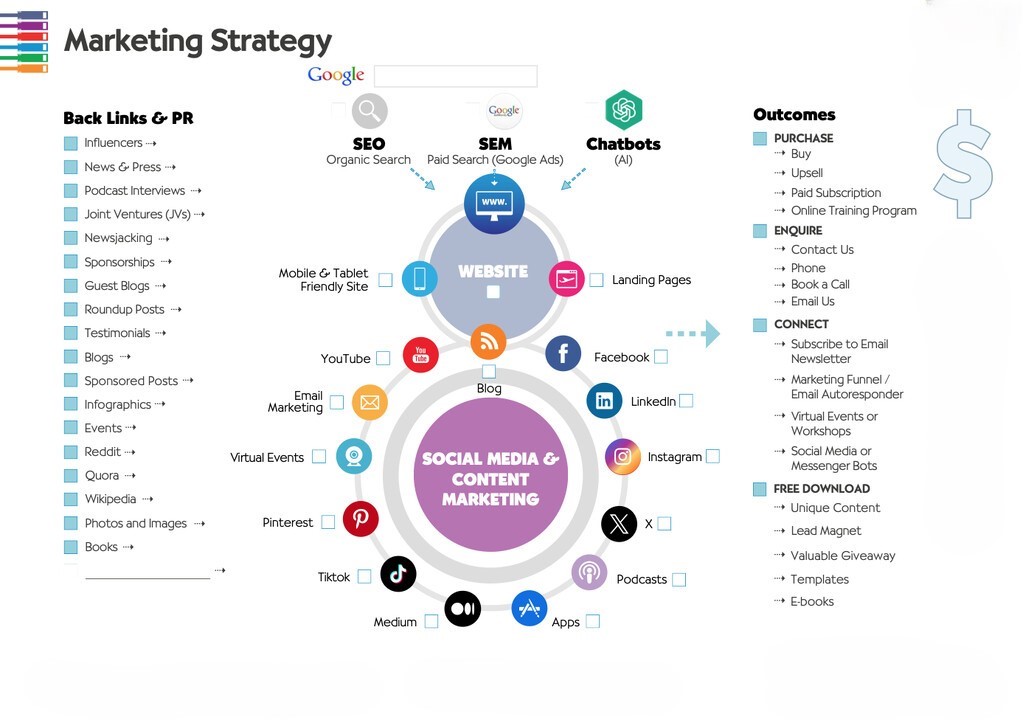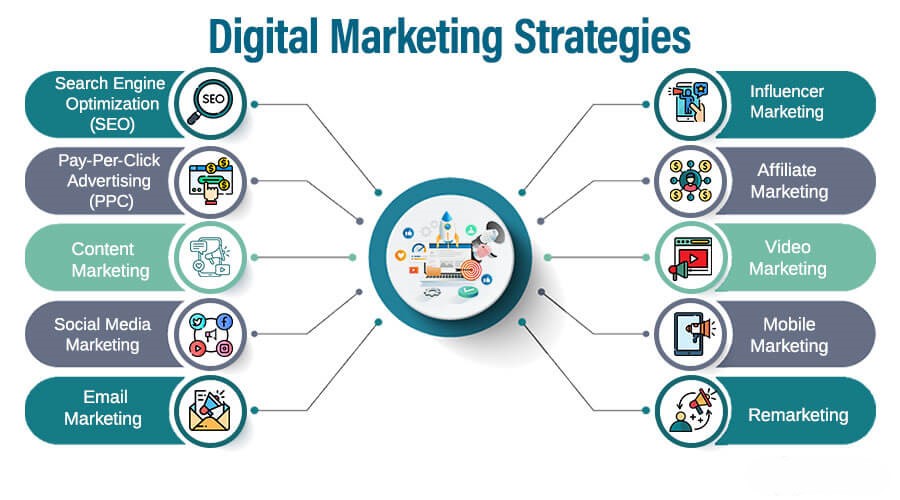Did you know that global e-commerce sales are set to hit $8.3 trillion in 2026? This shows the huge potential for starting an online store. E-commerce makes up 15.4% of all sales, making it a great time for new entrepreneurs.
If you’re thinking about how to start an ecommerce business from scratch, you’re in the right spot. This guide will help you get started. We’ll cover everything from finding ecommerce business ideas to picking the best platforms.
Starting an online store takes planning and hard work. You must pick a business model, find your niche, and make a strong plan. Then, set up your online store, and find and market products well. Don’t worry, we’ll make it easy to follow.
Whether you like the ease of dropshipping or want to manage your inventory, there’s a path for you. With the right website builder, you can make a professional online store. This will help you draw in customers and increase sales.
Are you ready to start your ecommerce journey? Let’s explore the world of digital retail. We’ll show you how to build a successful online business from the beginning.
Key Takeaways
- Global e-commerce sales are set to hit $8.3 trillion in 2026
- E-commerce made up 15.4% of total sales in 2024
- Choose from various business models like B2C, B2B, and C2C
- Select the right ecommerce platform for your needs
- Conduct thorough market research and competitor analysis
- Develop a solid business plan and marketing strategy
- Stay compliant with legal and tax obligations
Understanding the eCommerce Landscape in 2025
The world of online shopping is changing fast, offering great chances for new businesses. By 2026, the global online shopping market will hit $8.3 trillion, growing by 14.4% every year. This is a perfect time to plan your online store and start selling.
Current Market Trends
Now, online shopping is all about using mobile devices, getting things tailored just for you, and caring for the planet. People want to shop smoothly on any device and get products they like. It’s also key to source products sustainably and manage your stock well to keep your brand respected.
Projected Growth and Opportunities
The B2B online shopping market is expected to reach $36 trillion by 2026, showing huge potential. Direct sales to customers and subscription services are getting more popular. This means more chances for creative marketing and offering a wide range of products.
Challenges Facing New eCommerce Entrepreneurs
New businesses face big challenges too. They must stand out in a crowded market. They also need to protect their online stores from cyber threats. And they must keep up with what customers want, making their businesses flexible and managing their stock well.
| Aspect | 2025 Projection |
|---|---|
| Global B2C eCommerce Market | $5.5 trillion |
| B2B eCommerce Sector | $36 trillion by 2026 |
| U.S. eCommerce Sales | $1.1 trillion |
Knowing these trends is crucial for planning a successful online business. By keeping up and adapting, new entrepreneurs can make a mark in this booming online market.
Choosing Your eCommerce Business Model
Choosing the right ecommerce business model is key to your success. It affects everything from startup costs to growth potential. Let’s look at the main ecommerce models and their features.
Business-to-Consumer (B2C)
B2C is the most common ecommerce model. It means selling products directly to customers. This model suits businesses aiming at a wide audience with varied needs. Amazon is a top example of a successful B2C platform.
Business-to-Business (B2B)
B2B ecommerce sells products or services to other businesses. This model often involves larger orders and longer sales cycles. Alibaba is a leading B2B platform that connects suppliers with businesses globally.
Consumer-to-Consumer (C2C)
C2C platforms let individuals sell products to other consumers. eBay is a well-known C2C marketplace where people auction or sell items directly to buyers. This model is ideal for starting small or selling unique items.
Dropshipping vs. Inventory-Based Models
When planning your ecommerce business, think about your inventory strategy. Dropshipping lets you sell products without keeping inventory. The supplier ships products directly to your customers, cutting upfront costs. An inventory-based model offers more control but requires more capital and space.
Your ecommerce business plan should include a competitive analysis to see which model suits your goals. Whether you go for dropshipping or an inventory-based model, each has its benefits and drawbacks. Think about your target market, product type, and resources when picking your ecommerce business model.
| Model | Advantages | Disadvantages |
|---|---|---|
| B2C | Large customer base, direct sales | High competition, lower order values |
| B2B | Higher order values, stable relationships | Longer sales cycles, complex negotiations |
| C2C | Low entry barrier, unique items | Platform dependency, trust issues |
| Dropshipping | Low startup costs, no inventory management | Lower profit margins, less control over quality |
How to Start An eCommerce Business from Scratch
Starting an eCommerce business in 2025 is exciting. To get started, follow these key steps:
- Research product opportunities
- Analyze competition
- Choose a business name and logo
- Set up your online store
- Develop a shipping strategy
- Set sales and marketing goals
Why start an ecommerce business in 2025? The market is booming! E-commerce revenues hit $5.2 trillion in 2021 and are expected to reach $8.3 trillion by 2026. With 19% of shopping online in 2021, it’s set to grow to 25% by 2026. This shows huge potential.
Is ecommerce a profitable business? Yes, it is! For every $5 spent on retail, $1 goes to online retailers. To make the most of this, focus on niche markets. For example, “vegan makeup” is a successful niche.
“Dedicate at least a week to researching different e-commerce platforms before making a decision.”
When setting up your store, consider these popular business models:
| Model | Description | Example |
|---|---|---|
| B2C | Business to Consumer | Amazon |
| B2B | Business to Business | Alibaba |
| C2C | Consumer to Consumer | eBay |
| Dropshipping | Outsourced inventory | Wayfair |
Success in eCommerce needs good market research, a solid business plan, and strong marketing. SEO, social media, and paid ads are key for getting traffic to your site.
Identifying Your Niche and Target Market
Finding your niche is crucial in the competitive e-commerce world. With global online retail sales expected to hit $7.3 trillion by 2026, it’s important to make your mark. Let’s dive into how to find your market and set your business up for success.
Conducting Market Research
Market research is vital for e-commerce success. Use tools like Google Trends to spot emerging trends. For example, niche e-commerce markets focused on eco-friendly products are growing by 25% each year. This data can help you choose the right products.
Analyzing Competitors
Look at your competitors to find market gaps. A detailed swot analysis can show you opportunities. Creating customer personas helps you understand who your ideal buyers are. This method has led to a 30% higher conversion rate for businesses targeting specific customers.
Defining Your Unique Value Proposition
Your unique value proposition makes you stand out. Remember, 80% of successful e-commerce businesses found their success in a profitable niche. Test your ideas with small groups before launching. This approach can lower the risk of failure by 20%.
| Strategy | Impact |
|---|---|
| Niche Market Targeting | 80% attribute success |
| Specific Customer Focus | 30% higher conversion rate |
| Expert Conversations | 65% report increased profitability |
| Test Campaigns | 20% reduced failure risk |
By following these steps and using data-driven insights, you’ll lay a strong foundation for your e-commerce venture. Remember, many e-commerce success stories begin with a clear niche and a deep understanding of the target market.
Creating a Solid Business Plan
In the ecommerce world, a strong strategy is key to success. With 2 billion online shoppers globally, the potential is huge. Your business plan acts as a guide, helping you stand out in a crowded market and grab a piece of the $4.28 trillion ecommerce pie.
Start with an executive summary that shares your vision. Then, explain your business model, who you’re targeting, and what makes you different. A deep market analysis is also crucial to know where you stand and where you could grow.
Financial forecasts are essential. Share your revenue, funding needs, and profit predictions. This info is key for investors and your own planning. Make sure to cover how you’ll manage inventory and handle ecommerce fulfillment services too.
“A goal without a plan is just a wish.” – Antoine de Saint-Exupéry
Your marketing plan should be based on data. Know your ideal customer, the market size, and who you’re up against. Show off what makes you special and how you’ll keep customers coming back.
| Key Components | Description |
|---|---|
| Executive Summary | Brief overview of your business vision and goals |
| Market Analysis | Detailed study of target audience and competition |
| Financial Projections | Revenue forecasts, funding needs, and profit expectations |
| Marketing Strategy | Plans for customer acquisition and retention |
| Operational Logistics | Inventory and fulfillment service plans |
Your ecommerce business plan should evolve with your business. Update it regularly as you grow and the market changes. With a solid plan, you’re ready to seize the many online business opportunities out there.
Setting Up Your Online Store
Creating your online store is a key step in starting your ecommerce business. You need to pick the best ecommerce platform, design a great website, and use secure payment gateways. Let’s look at these important parts to help you create a strong online presence.
Choosing an eCommerce Platform
Choosing the right ecommerce website builder is key to your success. Platforms like Squarespace, Shopify, and Square offer different features and prices. Think about your tech skills, what you want to customize, and your budget when picking.
| Platform | Starting Price (Monthly) | Key Features |
|---|---|---|
| Squarespace | $16 | Beautiful templates, SEO tools |
| Shopify | $29 | Robust inventory management, app integrations |
| Square | $0 (POS only) | Free POS system, in-person and online sales |
Designing Your Website
Your website’s design is key to drawing in and keeping customers. Make sure it’s easy to use with clear menus and detailed product info. Use keywords, title tags, and meta descriptions to help search engines find you. With 46% of U.S. consumers trying new brands online last year, make a strong first impression!
Implementing Payment Gateways
Having secure and varied payment options is crucial for your ecommerce site. Use reliable payment gateways for smooth transactions. Most platforms charge about 3% per sale for payment processing. Make sure your platform supports many payment methods to meet customer needs.
Setting up your online store is just the start. Keep improving your site for better performance and user experience. With the right platform, design, and secure payment options, you’re on your way to ecommerce success.
Sourcing and Managing Inventory
Managing your inventory well is key to doing great in ecommerce. Your stock is often your biggest asset, needing a big upfront investment. To make your ecommerce work better, think about different ways to get your products. This includes making them yourself, buying in bulk, or using dropshipping.
When picking suppliers, look at the quality of their products, how much they cost, and if they’re reliable. Use a system to keep track of how much stock you have and avoid running out. If you’re dropshipping, find reliable suppliers and make sure you can talk well with them.
Make sure your order fulfillment is smooth to get things to customers on time. This means making your shipping process better to meet what customers expect. Think about using inventory forecasting to avoid having too much stock and boost sales by not running out of items.
Inventory Control Methods
Good inventory control helps keep the right amount of stock without spending too much. There are two main ways to track inventory:
- Periodic inventory system: Updates inventory balances at set times
- Perpetual inventory system: Keeps track of stock as it changes for more accuracy
The ABC method is a way to focus on managing inventory. It sorts items by how much money they make:
| Category | Revenue Contribution | Stock Percentage |
|---|---|---|
| A | 80% | 20% |
| B | 15% | 30% |
| C | 5% | 50% |
By focusing on items that are worth the most, you can make your ecommerce better. Remember, 43% of small businesses still manage inventory the old-fashioned way. Moving to a digital system can help you stand out in ecommerce.
Developing an Effective Marketing Strategy
Creating a strong marketing plan is key to selling products online well. Your plan should include different digital marketing strategies to reach and connect with your audience.
Search Engine Optimization (SEO)
SEO is crucial for making your online store more visible. Use targeted keywords to increase organic traffic. Write detailed blog posts that solve problems for customers and help your SEO.
Social Media Marketing
Use social media to spread the word about your brand and talk to customers. With over 2.9 billion people on Facebook every month, it’s a great way to reach many people. Try shoppable posts on Instagram and Pinterest to make buying easy.
Email Marketing Campaigns
Automated email campaigns work well for keeping customers interested and boosting sales. Make your emails personal to match what customers like, since 91% of people want brands to understand them better.
Pay-Per-Click Advertising
PPC tools help with targeted ads on search engines and social media. This way, you can reach people who are looking for products like yours.
| Marketing Strategy | Key Benefit | Effectiveness |
|---|---|---|
| SEO | Improves organic visibility | Long-term traffic growth |
| Social Media | Builds brand awareness | Wide audience reach |
| Email Marketing | Drives customer retention | High ROI potential |
| PPC Advertising | Targets specific audiences | Immediate traffic boost |
Include customer testimonials in your content to gain trust. Keep an eye on what your competitors do to stay ahead in the ecommerce game.
Legal Considerations and Compliance
Starting an ecommerce business means you have to follow certain legal rules. It’s key to know these rules to make your online store successful and follow the law.
Business Registration and Licensing
First, pick the right legal setup for your ecommerce business. You can choose from sole proprietorship, partnership, LLC, or corporation. Each choice affects taxes and how you’re liable. Then, register your business and get the licenses and permits you need.
Tax Obligations
Ecommerce businesses have their own tax challenges. Get an Employer Identification Number (EIN) for tax matters. Sales tax changes by state, so make sure you’re calculating it right. With more people shopping online, there’s more focus on ecommerce tax rules.
Privacy Policies and Terms of Service
Keeping customer data safe is crucial. Create detailed privacy policies and terms of service. Laws like GDPR and COPPA affect ecommerce a lot. By 2026, 90% of consumers worldwide will be under modern privacy laws, up from 10% in 2020.
Also, ecommerce payment gateways must follow PCI DSS 4.0, which has 12 rules. Have strong customer service to handle issues and stay legal. Keep up with new ecommerce laws to always follow the rules.
Conclusion
Starting an eCommerce business from scratch in 2025 is exciting. With online shoppers expected to hit $8.3 trillion in 2026, the growth potential is huge. Your online store can reach customers all over the world, 24/7.
To succeed, focus on growing your online store. This means making key metrics better and checking your success often. Keep an eye on what customers buy and how they act to make smart choices. Adding personal touches can make customers happier and more loyal.
Don’t forget the importance of partnerships and using different sales channels. Working with eCommerce solution providers can make your store look more professional and trustworthy. Make sure your transactions are safe to protect customer info and gain trust. Getting shipping right is key to making customers happy.
Most Popular eCommerce Website Builder Platforms Ranked & Reviewed for 2025
As you start your eCommerce journey, keep up with the latest trends and tech. With good planning, action, and constant improvement, your online store can do well in the fast-paced eCommerce world. The journey might be tough, but the rewards in this $8.3 trillion market are huge.
FAQs – How to Start An eCommerce Business from Scratch
What are the key steps to start an eCommerce business from scratch?
Starting an eCommerce business means picking a business model, finding a niche, and making a business plan. You also need to set up an online store, find products, and create marketing strategies.
Why is it important to choose the right eCommerce business model?
Picking the right eCommerce model is key. It affects your market, how you get products, and how you run your business. The main models are B2C, B2B, C2C, and Dropshipping.
How do I identify a profitable niche for my eCommerce business?
To find a profitable niche, do market research with tools like Google Trends. Look at what competitors do and define what makes your business stand out. Aim for areas that are not too crowded but have growth potential.
Why is creating a solid business plan important for eCommerce success?
A strong business plan is vital for success in eCommerce. It keeps your ideas in order, sets priorities, and can draw in investors. It should cover your business model, target market, competitors, marketing, finances, and how things will work.
What factors should I consider when choosing an eCommerce platform?
Think about your tech skills, what you need in terms of customization, and your budget when picking an eCommerce platform. Top choices include Shopify, Squarespace, WooCommerce, and Magento. Make sure it has easy design, secure payments, and works well on mobiles.
How can I effectively market my eCommerce business?
Use a mix of marketing channels like SEO, social media, emails, and ads. Keep an eye on your marketing results to make it better and boost your return on investment.
What legal considerations should I keep in mind when starting an eCommerce business?
You need to register your business and get the right licenses and permits. Choose a legal structure, get an EIN, understand taxes for online sales, and make sure you have good privacy policies and terms of service.


